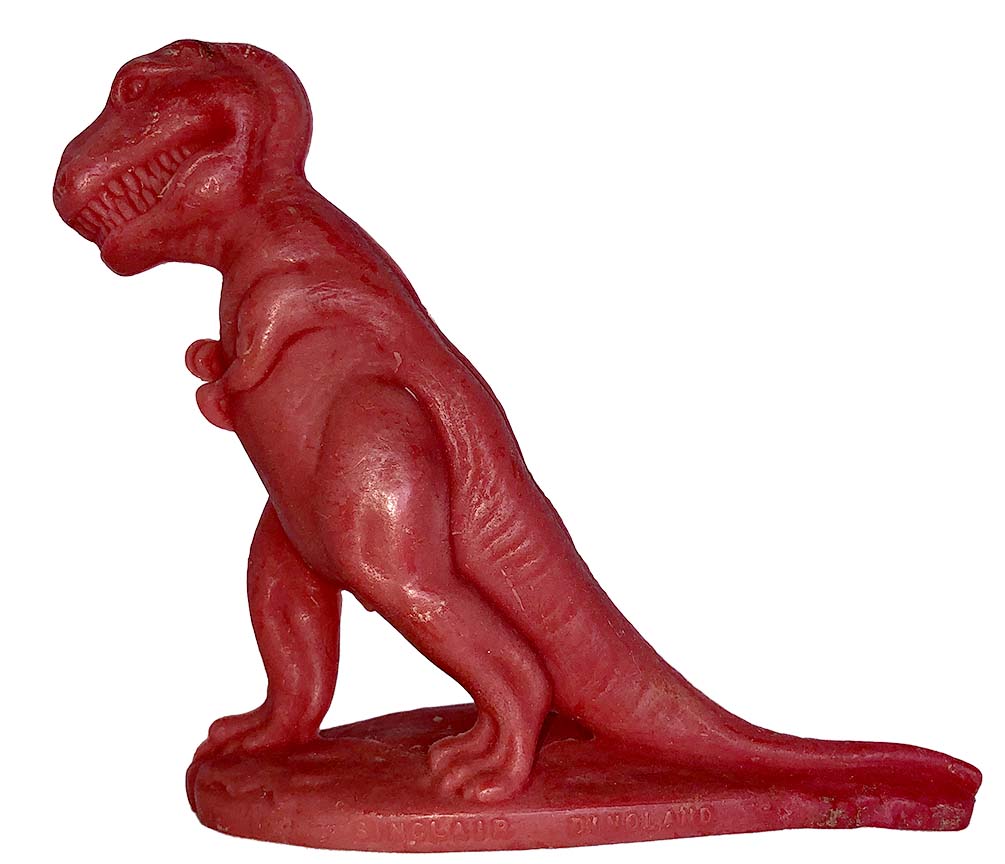
Dorri Partain
Contributor
Insert your coins and watch as a unique toy is created before your eyes! The novelty of Mold-A-Rama vending machines appealed to all ages.
First introduced at the Seattle World’s Fair in 1962, these molded items included the Space Needle, monorail ride, and other specific fair icons for a mere quarter. These automated miniature plastic “factories” could quickly produce between 100 to 150 toys a day.
Using a two-piece aluminum mold, once the coin was inserted, the pieces would come together and polyethylene pellets were heated to 250 degrees. The heated plastic was injected into the mold, then the mold would separate and release the toy. The whole process was visible through a glass window – the only drawback was that the toy was still hot and had to be held carefully while it cooled and hardened, and the plastic had a distinctive smell.
Mold-A-Rama creator J.H. “Tike” Miller started crafting plaster figures to replace broken pieces of his Nativity set, then realized there was a market for replacement figurines. Years later, he switched from working with plaster to a waxy plastic that was more easily molded. By the late 1950’s, he had developed and then sold his idea to a vending machine distributor, Automatic Retailers of America (ARA). Soon after, Mold-A-Rama machines were appearing at events like world’s fairs, zoos, and museums across the country.
At the New York World’s Fair in 1964, Mold-A-Rama machines produced several models of bright-colored dinosaurs at Sinclair’s Dinoland exhibit. Following the success of Dinoland, Sinclair took the popular exhibit on the road, stopping at shopping malls, along with the Mold-A-Rama vending machines. The dinosaur above has “Sinclair Dinoland” embossed on one side of the base, while the opposite side indicates this prehistoric creature as a Tyrannosaurus Rex.
By 1969, ARA stopped production of the Mold-A-Rama machines and two years later sold off its inventory to various investors. Today, two companies still operate the original machines under the Mold-A-Rama and Mold-A-Matic trademarks. Various molded animals, buildings, and holiday figurines are available for a few dollars. Currently, there are no machines in the Kansas City area.
















